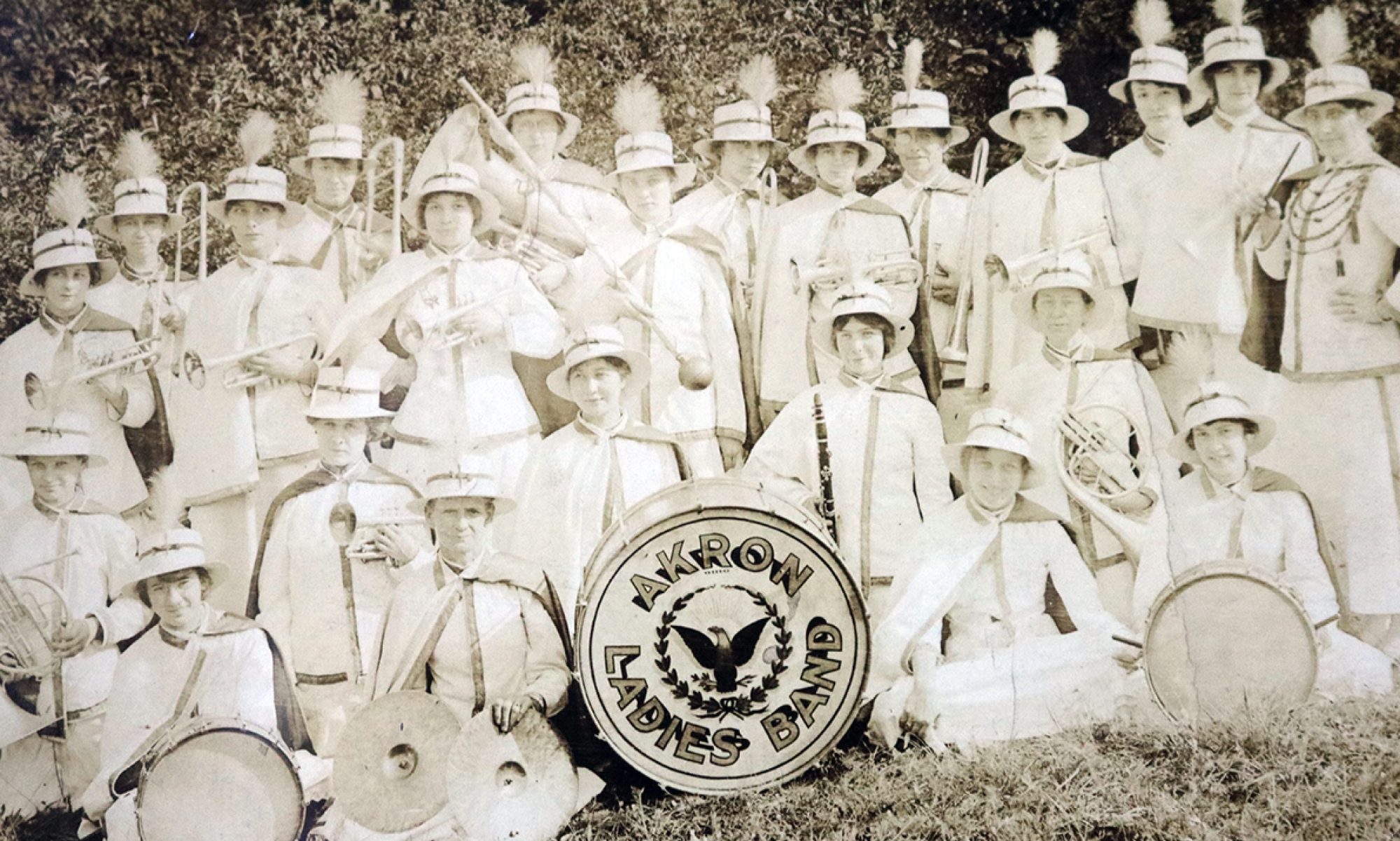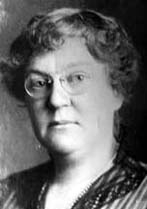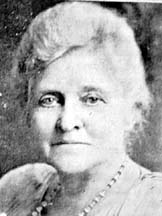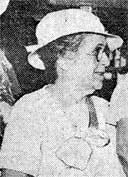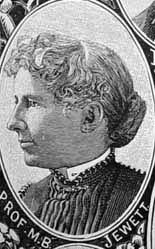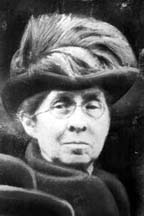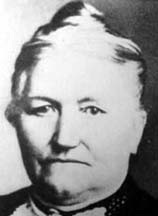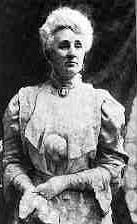Ada Louise Sutton Saalfield was an accomplished author and poet who not only found time for writing but also for social and philanthropic organizations in Akron, Ohio.
The daughter of a minister from Brooklyn, N.Y., Ada Louise Sutton graduated from Hintel College. She married Arthur J. Saalfield, who became president of Saalfield Publishing, a large national publishing house based in Akron, on Aug. 1, 1885; they had five children. The Saalfields moved to Akron in 1897 and became members of the First Presbyterian Church.
Saalfield was a key to her husband’s early publishing success. In the early days of Saalfield Publishing, she provided a steady stream of manuscripts. Always writing under her maiden name, Ada Sutton, Saalfield specialized in children’s books. She wrote Mr. Bunny, His Book, Sweeter Still Than This, Teddy Bear, Baby Dear, Little Maid in Toyland and Friendship Series, all popular children’s books, published under the Saalfield imprint.
Her husband’s company also published one of her most famous poetry collections, called Seeds of April Sowing-Poems of Love and Sentiment. The Akron Times also published her poetry, often on the front page. Other collections of her poetry were published by Werner Publishing.
Saalfield did not just write books. She wrote many letters to newspapers editors – this time using her married name. In those letters, she championed the cause of working women. She also applauded anti-vivisection (opposition to the exploitation of animals for research, education and product testing) and general kindness to animals.
Her commitment to women and animals was reflected in her community involvement. She was a charter member of the Akron Woman’s City Club and affiliated with the Akron and Summit County Federation of Women’s Clubs. She was involved with the Akron Young Women’s Christian Association. She also was heavily involved with the Humane Society in Akron.
In her later years, she withdrew from society, having become an invalid. She died at the Mayflower Hotel in Akron on Nov. 18, 1935.
–Stephanie Devers
